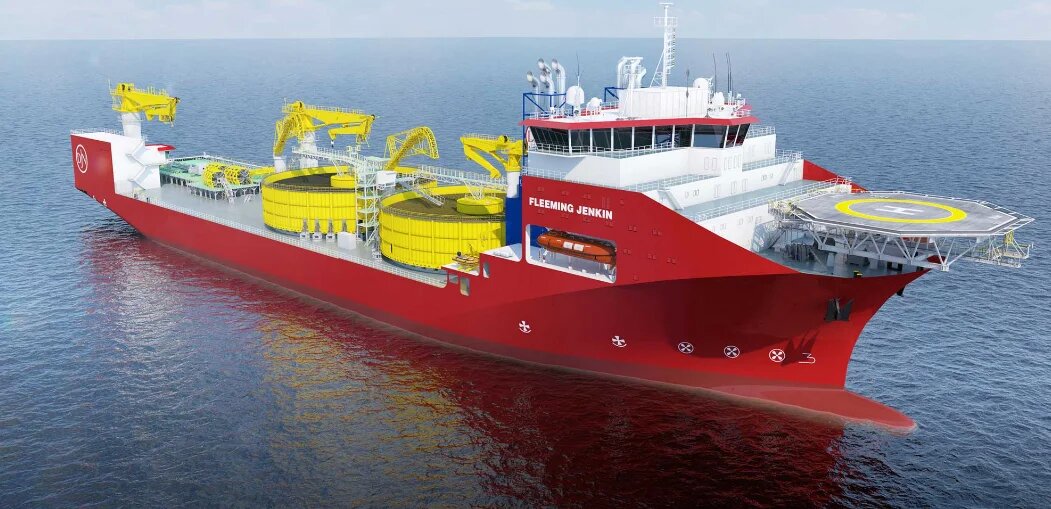Roundtable discussions at a London tanker conference reveal operational, regulatory and infrastructural hurdles across methanol, ammonia, LNG, biofuels and shore power
Marine fuel transition strategies remain hindered by unresolved infrastructure, regulatory, and operational challenges, according to candid conclusions shared during a series of roundtables at the April 2025 International Chemical & Product Tanker Conference in London.
While participants acknowledged efforts across various fuel types – methanol, LNG, biofuels, ammonia – and shore power, consensus formed around the gaps that continue to obstruct widescale adoption.
Methanol emerged as a potentially viable solution, yet its adoption is constrained by limited infrastructure, high costs, and questions over the long-term supply of green methanol.
“Diversification was identified as the leading strategy,” one contributor stated, describing a trend among shipowners to hedge uncertainty by investing in multiple fuels, including LNG and biofuels.
Although methanol retrofits were considered feasible, stakeholders agreed uptake depends on multi-party commitment.
“The technology is not the issue – it is the willingness of port authorities, fuel producers and vessel operators to move in lockstep.”
Singapore’s port authority was noted as a model for co-ordinated deployment of methanol bunkering infrastructure, but participants called for replication in major hubs such as Rotterdam and Houston to drive scalability.
The introduction of lifecycle analysis methodology to inform greenhouse gas assessments may narrow the cost gap over time, but methanol’s current price premium remains a barrier.
LNG was acknowledged as a mature, widely used marine fuel, yet availability issues persist, particularly for smaller vessels and in regions lacking bunkering infrastructure.Safety concerns at some ports add further complications.
While LNG offers economic benefits in specific scenarios, particularly for large-volume users, its attractiveness is diminishing.
“The long-term economic case for LNG is weakening,” one participant noted, citing calculations indicating reduced benefits within five to six years.
Biofuels received praise for their compatibility with existing ship systems, yet questions remain regarding their long-term availability and sustainability.
“Shipping must compete with aviation and road transport for limited supply,” a contributor observed.
Quality variability and land-use implications also temper enthusiasm.Moreover, the diverse nature of biofuels challenges uniform regulation and insurance coverage, both of which lag behind technical developments.
Ammonia was described as complex and poorly suited to smaller vessels due to its low energy density and volumetric demands.Despite being an efficient hydrogen carrier, its economic competitiveness and safety profile are not yet assured.
One participant noted although regulatory frameworks exist, they are fragmented, and a “clear mismatch remains between ambition and operational readiness.”
The conversation repeatedly returned to the overlooked human element, emphasising the need to train both seafarers and shoreside staff in handling hazardous fuels.
Shore power discussions underlined a sense of stagnation.
“We are still having the same conversations we were having 15 years ago,” remarked one participant, referencing disputes over connection points, voltage standards, and port readiness.
Fragmented adoption, with only a few terminals offering tanker-compatible systems, complicates planning.Some owners are fitting shore power systems on newbuilds without certainty they will ever be used.
“We are delivering ships with nowhere to plug in,” summarised one attendee.
Ultimately, the roundtables pointed to a shared conclusion: decarbonisation is technically feasible, but without harmonised infrastructure, training and regulatory alignment, it remains a theoretical prospect.






